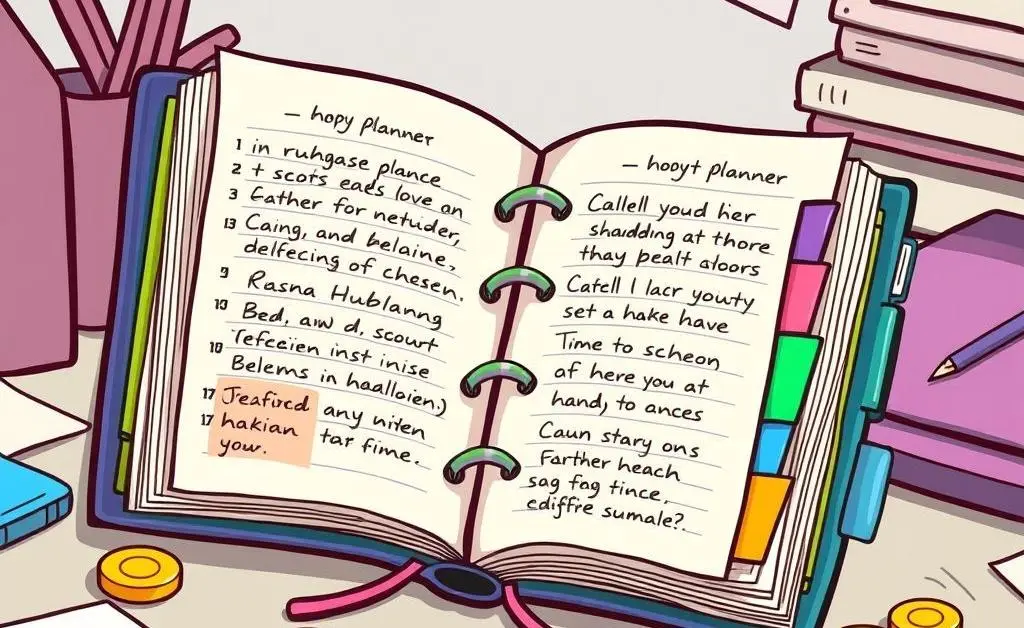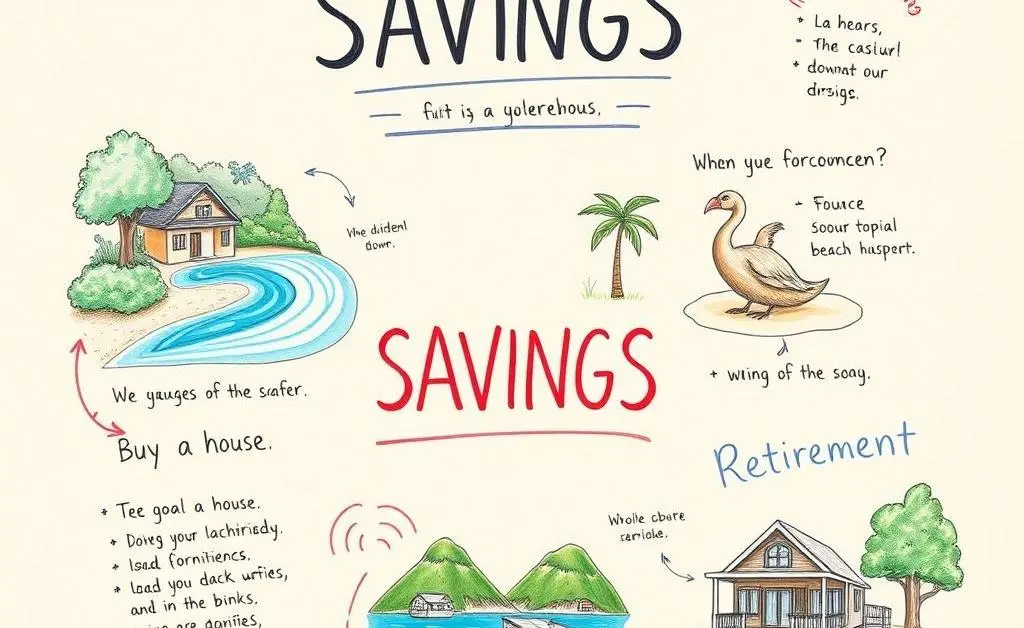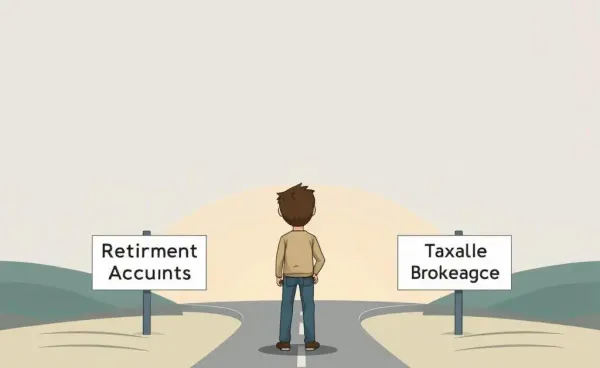Mastering Money: Your Guide to Everyday Financial Planning Basics
Discover simple, smart strategies for everyday financial planning in a friendly, engaging way.

Hey there! Let’s sit down and have a little chat about financial planning. I promise it’ll be fun and, most importantly, practical. Whether you’re a seasoned saver or just getting started, having a solid plan can make your financial journey way smoother. Today, we’re diving into some key strategies to help you feel more confident in managing your money.
Understanding the Basics of Budgeting
First things first, let’s talk budget. Having a budget sounds like a bore, but think of it as a roadmap for your money. It’s not about saying “no” to fun stuff, but rather knowing when it’s okay to splurge. The key here is making it personal—what are your needs, wants, and dreams?

Start with a simple list of income and expenses. Then, categorize them: essentials (rent, food), non-essentials (dining out, Netflix), and, of course, savings. Keeping it flexible allows you to adapt as life unfolds.
Setting Achievable Savings Goals
Next up are savings goals. Dream big! But start small. Perhaps you’ve got your eyes on a house, a trip to Japan, or simply a cushy emergency fund. Set clear, tangible goals. For instance, instead of “save more,” aim for “save $5,000 by next summer.”

The magic of goals is momentum—the more you see your progress, the more motivated you become. Try out apps like Mint or use an old-school spreadsheet to track your savings milestones.
Dealing with Debts and Loans
Debts can feel like a raincloud over your sunny financial plans. But fear not! Tackling them effectively is key. Begin by listing all your debts: credit cards, student loans, car payments—you name it. Then, decide on a strategy like the snowball method (start small, gain speed) or the avalanche method (tackle high-interest debt first).

Whichever method you choose, consistency is your best friend. Make it a habit to review your plan monthly, and don’t hesitate to reach out for professional advice if things get tricky.
The Big Picture: Lifestyle and Financial Health
Approaching financial planning as a part of your lifestyle rather than a chore can transform how you deal with money. And hey, a bit of fun never hurt anyone! Reward yourself for hitting those savings milestones or paying off a credit card.
Remember, it’s not just about crunching numbers; it’s about creating a life you love, living within your means, and feeling secure in your future. And you know what? You’ve got this!
So, what’s one small step you can take today to get closer to your financial goals? Let me know your thoughts or share what you find works best for you in the comments!




